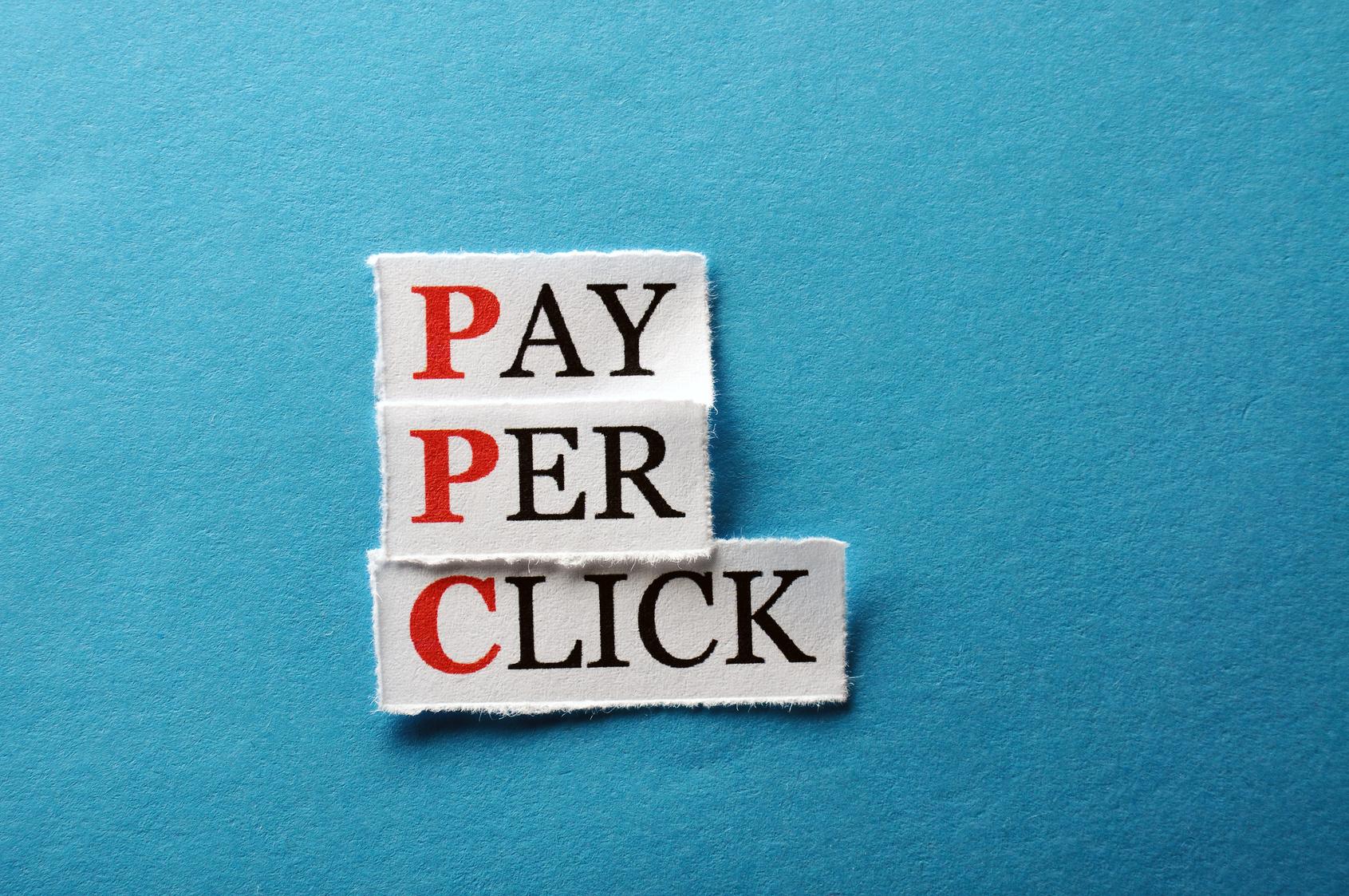Congratulations! After careful research and planning, you launched your ecommerce store.
You built a website with beautiful photos and clever descriptions. Your products are priced to sell.
But, wait. There’s more you can do to guarantee success for your online store.
Boost Sales with Ecommerce Tools
Try the following ecommerce tools to boost your sales.
1. Website Add-Ons
These ecommerce tools will engage with visitors while they’re on your site.
Each one is available as an add-on to your website store. You can use more than one tool to encourage people to buy.
- Up Sell – Suggest more options when an item put in the cart.
- Cross Sell – Bundle offers for products that go well together.
- Abandoned Carts – Email reminder for those who leave products in carts.
- Out of Stock – Notify customers when the depleted stock is available.
- Exit Offers – sell to someone about to leave your store with a special offer
2. Mobile Apps
Did you know that 51% of Americans report they make online purchases using their cell phones? Another way to boost sales is to build your own mobile app.
Shoppers can browse and buy products within the app. It delivers discounts, rewards, and personalization. According to a study by Clutch, these are the features buyers mobile shoppers want.
3. Social Media Integration
Everyone includes social share buttons and callouts on their websites. Many consumers spend time on social media every day. It makes sense for ecommerce to sell on the social media channels.
Facebook, Instagram, Twitter and Pinterest users can buy products through their mobile apps.
It’s easy to create a Shop tab on your Facebook page. Customers can buy your products without leaving Facebook.
4. Email Campaigns
Don’t forget email as a way to generate sales. People seem to prefer to communicate with companies via email. It’s easy, convenient and doesn’t require membership.
Automated emails and email campaigns that nurture leads can increase orders. Here are a few examples of effective email messages:
Welcome
People expect to receive a welcome email after subscribing or making a purchase. Some companies use a welcome email series. The series could be a welcome, special offer, brand overview, and links to information.
Reengagement
Reconnect with people on your email list who haven’t purchased recently. You can feature a special incentive to encourage them to shop. It could be a free product, a discount, or a chance to win something.
Educational Content
This is helpful information designed to build a relationship. Give customers new ideas on how to use your product. Talk about the company history and staff. Share other customer success stories. Show how your products solve problems.
Reviews are useful educational content. A positive review of your best home microdermabrasion system shows potential consumers your product.
Updates
Keep customers informed about new products and promotions. But, don’t overdo it. Too many messages will make people unsubscribe. Send relevant messages at a reasonable rate.
5. Analytics
One of the most important ecommerce tools is analytics. Statistics give you key insights into your website and online marketing channels.
Google Analytics is the most popular tool for web analytics because it’s easy to use and free. It lets you send sales data to your Google Analytics account. This shows which sales come from specific channels (social, email, website, mobile).
Whether you use Google Analytics, or another website analytics tool the insights help. Use the information to fine-tune your site so customers have a positive experience.
Keep Your Store Open 24/7
Don’t forget to contact SiteUptime.com to keep your ecommerce business up and running. Our professional monitoring services cut downtime so customers can always reach your store.




